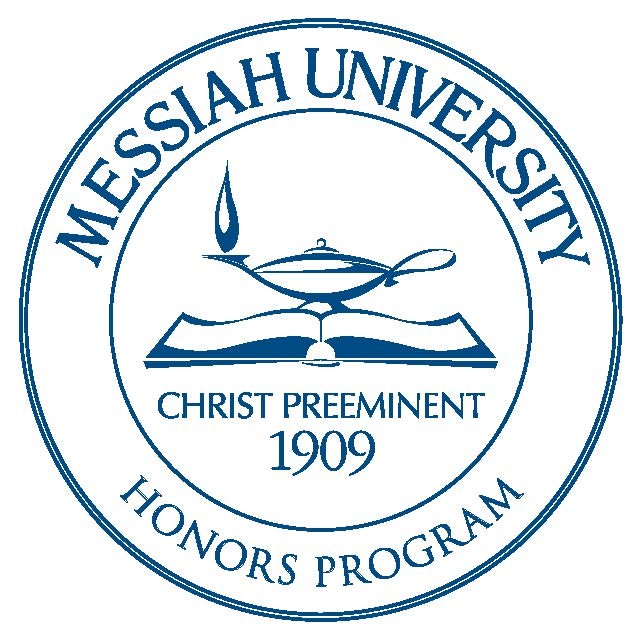Date of Award
5-12-2015
Document Type
Thesis
Department
Biological Sciences
First Advisor
David Foster Ph.D.
Abstract
This study continues callus tissue culture in the species Mertensia virginica. Callus tissue samples were obtained from previous cultures produced by Warren and Foster. Primary callus tissue samples were also produced from young leaf petioles following the procedure per Warren and Foster. These callus samples were grown on modified Murashige and Skoog (MS) media as per Fedoreyev et al. (2012). Two distinct media types were used; one containing 1- naphthaleneacetic acid (NAA) and the other containing 2, 4-dichloro-phenoxy-acetic acid (2-4-D) as synthetic auxins. Both media types contained N6 20 – benzyladenine (6-BA) as a cytokinin. Callus samples were held in an environmental chamber at 25°C with low-level fluorescent lighting for 18hr/day. Survival rates and effective rates of multiplication for each media type were evaluated. The NAA media produced a survival rate of 51.43% and an effective rate of multiplication of 1.86. The 2-4-D media produced a survival rate of 40.82% and an effective rate of multiplication of 1.21. Differences in qualitative observations were also taken for each media type. The NAA media produced callus tissue that was yellow in color and grew in a “smear” formation. The 2-4-D media produced faster growing callus that was white and green in color. The 2-4-D callus tissue also grew in a more cohesive formation. Viable callus samples from each media type were then used to attempt shoot organogenesis in vitro. The shoot initiation media contained an elevated cytokinin concentration (5 ppm) while maintaining a low auxin concentration (1 ppm). As of approximately four weeks in culture no shoot initiation has been observed.
Recommended Citation
Stern, Adam, "Tissue Culture in Mertensia virginica (L.) Pers. ex Link" (2015). Honors Projects and Presentations: Undergraduate. 170.
https://mosaic.messiah.edu/honors/170


